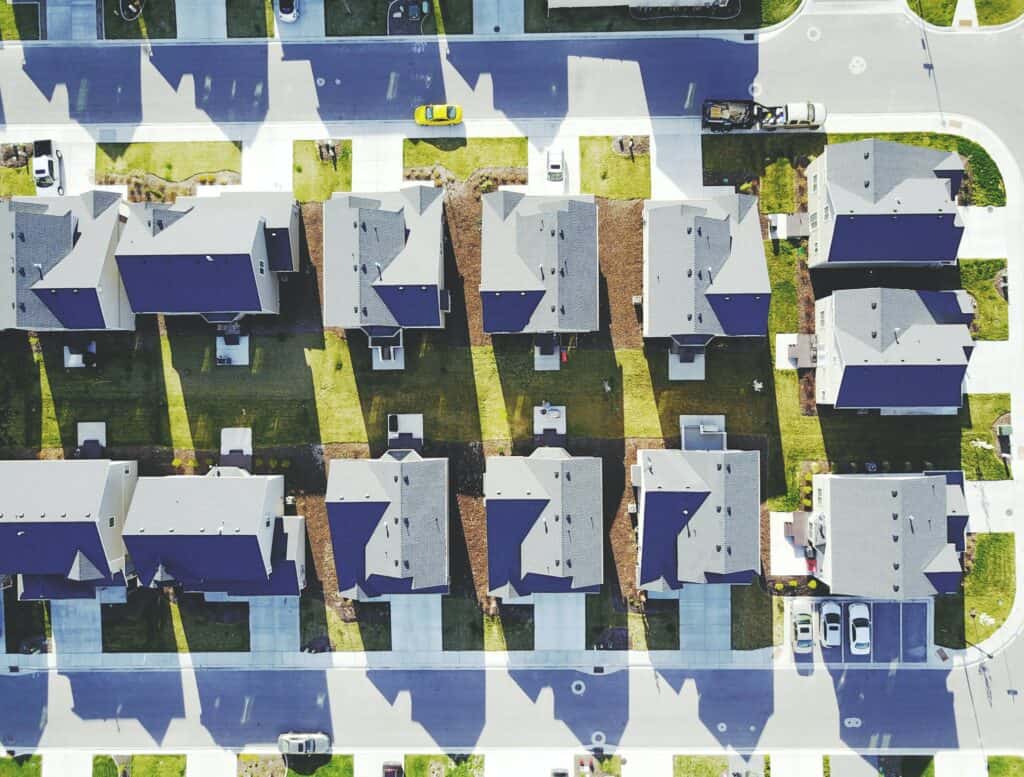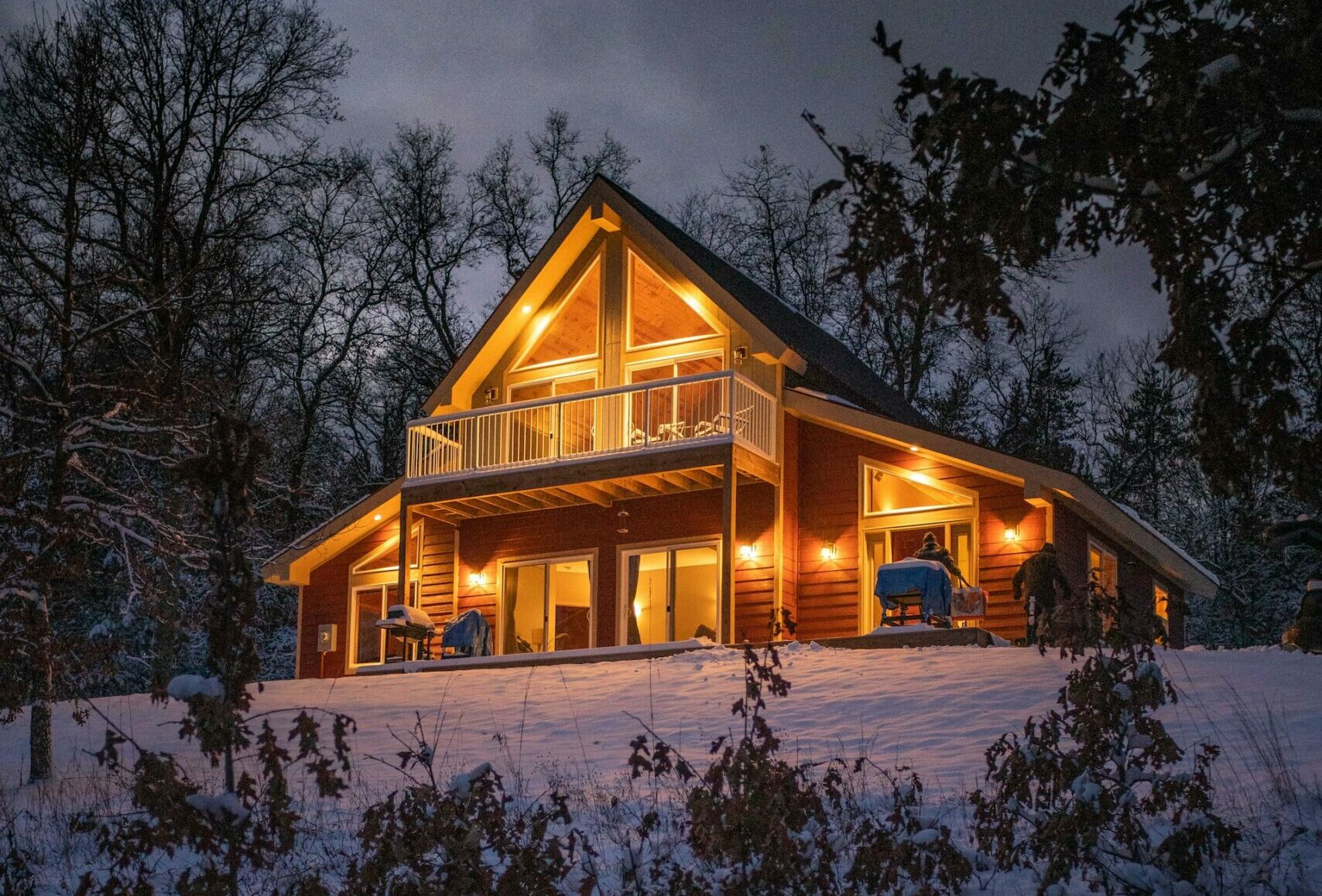Types of Homeowners Insurance Coverage
September 1, 2022
Buying a home is the most expensive purchase anyone can make. It’s a huge investment and one that needs to be protected. That’s where homeowners insurance comes in. Homeowners insurance is a way to ensure that your home and belongings are protected in the event of damage or theft. There are many different types of homeowners insurance, but one of the most common is HO-3 insurance.
So, what is HO-3 insurance? HO-3 insurance is the most common and broad homeowners insurance available to protect your home. In this blog post, we go through what the HO-3 insurance policy covers and the other forms of homeowners insurance available to home buyers.
Types of Homeowners Insurance Policies
There are 8 different forms of homeowners insurance. The policies are defined by the structure of the property and the level of coverage needed.
- HO-1: Basic
- HO-2: Broad
- HO-3: Special
- HO-4: Contents Broad
- HO-5: Comprehensive
- HO-6: Unit Owners
- HO-7: Mobile Home
- HO-8: Modified Coverage
The detached single-family home is the most common type of housing in the US and there are five different home insurance policies that protect this type of dwelling: HO-1, HO-2, HO-3, HO-5, and HO-8.

Homeowners Insurance For Detached Single-Family Homes
HO-1: Basic Form
HO-1 insurance has the most limited amount of coverage for homeowners. The insurance form only covers what is expressly stated in the policy which is for 10 named perils or hazards.
- Fire or lightning
- Windstorm or hail
- Explosion
- Riot or civil commotion
- Aircraft
- Vehicles
- Smoke
- Vandalism and mischief
- Theft
- Volcanic eruptions
It is also not a guarantee that an HO-1 policy will cover personal belongings inside of the home. HO-1 policies are not available anymore in many states.
HO-2: Broad Form
HO-2 policies are similar to HO-1s. They cover all of the same perils along with a few additional ones and the HO-2 insurance only covers the perils expressly listed in the policy. Here are the additional perils included in HO-2.
- Falling objects
- Weight of ice, snow, or sleet
- Accidental discharge or overflow of water or steam
- Freezing
- Sudden and accidental event that causes cracking or bulging
HO-2 policies can be seen as the better HO-1 because of the additional coverage but there are still some things that are excluded with damage caused by pets and wear and tear being some of the most notable.
HO-3: Special Form
While HO-1 and 2 insurance are named peril policies, HO-3 is an open perils policy. The difference between them is that a named policy only covers the perils explicitly stated and an open perils policy covers all perils except the ones that are explicitly excluded.
HO-3 Insurance typically covers your home at its replacement cost and your personal belongings up to its cash value or what you paid for it. Although, HO-3 Insurance can only cover personal belongings for named perils.
This special form of insurance is the most commonly used insurance policy for detached single-family homes. Here are some of the exclusions to the HO-3 policy.
- Earthquake
- Flood
- Landslide/mudslide
- Nuclear Accident
- Sinkhole
- Neglect
- Act of war or government action
HO-5: Comprehensive Form
HO-5 policies are regarded as the best type of homeowners insurance for detached single-family homes. The comprehensive policy covers everything that an HO-3 does and more. Specifically for personal belongings, the HO-5 policy covers them at their replacement cost and not just the cash value.
HO-5 Insurance also covers personal belongings with the same open perils policy as the home itself. HO-5 policies are typically used for high-end single-family houses or brand-new homes.
HO-8: Modified Coverage Form
HO-8 policies are for homes that have a high risk of damage or a loss for the insurer, which in many cases means that the replacement cost of the home would exceed its actual cash value.
HO-8 policies are typically for older homes or for architecturally important homes. HO-8 Insurance is similar to an HO-1 where they only cover 10 named perils. The same 10 named perils that are included in HO-1s.
HO-6: Homeowners Insurance For Condos
HO-6 insurance is for people who own a condo or co-op. The unit owner’s policy covers the interior of the unit along with personal belongings and liability. The building itself will have its own master policy provided by the HOA that covers the common areas and exterior of the structure.
Some HO-6 policies will also cover:
- Any renovations, upgrades, or improvements made to the unit after you purchased it
- The walls, floor, and ceiling of the unit
- Personal property
- Loss of use
- Personal liability
HO-4: Insurance For Renters
HO-4 policies are for renters and are also known as renters insurance. This type of policy will cover personal belongings and liability protection for the renter. It’s important to note that HO-4 policies do not cover the actual dwelling, just the personal belongings inside at its replacement cost.
The policy is similar to an HO-3 policy and covers personal belongings under an open peril policy. HO-4 Insurance will also cover your living expenses if the entire dwelling becomes uninhabitable due to a covered event.
The Cost of HO-3 Policies
In 2019, the average cost of an HO-3 insurance was $1,272 per year and $106 according to National Association of Insurance Commissioners. The price of HO-3 Insurance can vary based on many factors.
- The Location
- The crime rate
- Age of your house
- Your home’s replacement cost
- Distance from a fire station
- The safety features of a house
- Your credit history (depending on your state)
- The history of claims
- Amount of coverage
- Deductible amount
Areas That HO-3 Insurance Policy Covers
The HO-3 insurance policy covers a broad range of perils. The main reason why this type of open perils coverage is so popular is because it covers most types of losses with the exception of a few. HO-3 Insurance covers your property in a variety of areas that we will detail below.
- The Dwelling Coverage – The main house and any structures attached.
- Other Structures – Sheds, garages, fences, and guest houses on the property.
- Personal Property – Coverage for personal belongings or possessions.
- Loss of Use – Covers living expenses if your home is deemed uninhabitable.
- Personal Liability Coverage – Helps offset financial losses if you’re seen as legally responsible for damages to others.
- Medical Payments Coverage – Covers the medical bills for people who are hurt on your property.
Summing It Up
Not many home buyers think about what type of homeowners insurance they need until it’s too late. It’s important to understand the different types of coverage and what each one covers before making a decision.
While HO-3 insurance is the most popular type of homeowners insurance, it’s not always the best choice of insurance to get. Other types of policies available may be more appropriate for your needs. If you aren’t sure which insurance policy is right for you, you can always talk to a real estate professional who can help guide you in the right direction like a Negotiator.
Negotiators are a new type of real estate organization that streamlines your search to find a great real estate agent. Negotiators are handpicked from amongst the top real estate agents in the country that have all proven their ability to go above and beyond for their clients.
By hiring a Negotiator, you’ll have someone on your side who has a wealth of experience, real estate expertise, and an unrivaled work ethic working to get you the best deal possible.
Contact your local Negotiator if you want to work with a great real estate agent.

